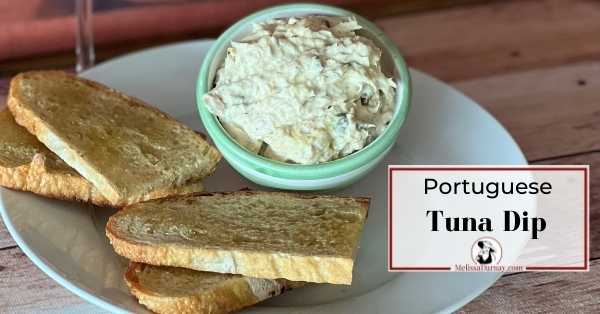For the blind taste test in the video to the right, I wanted to do an apples-to-apples taste test between a French Bordeaux and a California Meritage but I wanted to do the taste test at the daily drinker price point rather than with more expensive special occasion wines. (After all, all the wine snobs ignore the lower priced wines.)
Before we get into the taste test, let’s define some terms:
Bordeaux: A blend of at least two different noble grape varieties grown in the Bordeaux region of France.
Meritage: Wine made from US-grown grapes that adhere to the Bordeaux rules of wine making. The only difference is the wines were grown in the US and the winery pays a marketing fee to the Meritage organization. Meritage is the combination of two words—MERIT and HERITAGE. Therefore the pronunciation of Meritage rhymes with heritage.
Noble Grape Varieties: Cabernet Sauvignon, Cabernet Franc, Merlot, Petit Verdot, Malbec and Carmenere.
Now, let’s clarify a few things:
If a wine is made in Bordeaux but it contains a different type of grape in the blend—for example, a Pinot Noir—it is no longer considered a Bordeaux but a red blend.
If a wine is grown in Argentina or Spain or Australia, it can be neither a Bordeaux nor a Meritage. It is just a red blend.
If a wine is grown in the US and contains only Cabernet Sauvignon, Petit Verdot and Merlot (all noble grape varieties), but the winery does not pay a licensing fee to the Meritage organization, then it is just a red blend.
Clear as Zinfandel, huh.
These murky rules are what make it so frustrating for weekend-warrior wine drinkers, but that’s where I can help. My YouTube wine channel is not geared toward the 1% of wine collectors but rather to everyday wine drinkers who want to get the best value–and best tasting wine–every single day.
If you don’t want to drop $80 dollars on a Tuesday for a good Bordeaux or Meritage, the pickings can be slim.
Because most wine purchased is under $15 per bottle, I chose two bottles at my local wine store that are mass distributed around the world and are also wallet friendly. Prices will vary depending on where you live, so you might pay $8 or $15 but the main point is that it’s under $15 per bottle.
When I score wine, price is a big consideration. It’s easy to give a $100-bottle of wine a 9. At that price it should be fabulous. So always keep in mind price when you read my score. If I give a wine a 9 or 10 in the $15 price range, there isn’t much that can compete with it.
Wine #1: Robert Mondavi Private Selection Meritage
- Region: California Central Coast
- Aromas: Big black fruit—blackberry, plum—toasted oak, vanilla, caramel
- Flavors: Velvety smooth on the palette with a medium finish
- Guests’ Score: 8.5
- My Score: 8.5
When I first tasted the 2014 Robert Mondavi Private Selection Meritage, I didn’t remember what I paid for it. I served it to guests, and we all thought it was in the $30-$40 ranges. My only complaint is that some bottles I tasted would have received a solid 9 score while others were underwhelming. This unevenness affected the overall score of this wine. That could be due to shipping or storage, so give this one the benefit of the doubt.

Wine #2: 2016 Mouton Cadet Bordeaux

- Region: Bordeaux
- Aromas: Introverted black fruit, green bell peppers
- Flavors: Tight on the palette with a medium finish; medium acidity
- Guests’ Score: 7.5
- My Score: 5
This wine made everyone’s mouth water. Literally. The acidity was unexpected for my guests. This wine is less appealing in a glass by itself and needs food. I ended up dumping about half of the wine in my glass out because I wasn’t in the mood to eat. If I don’t want to drink it, then it can’t score well. We’ll try again next year, Mouton Cadet.





0 Comments